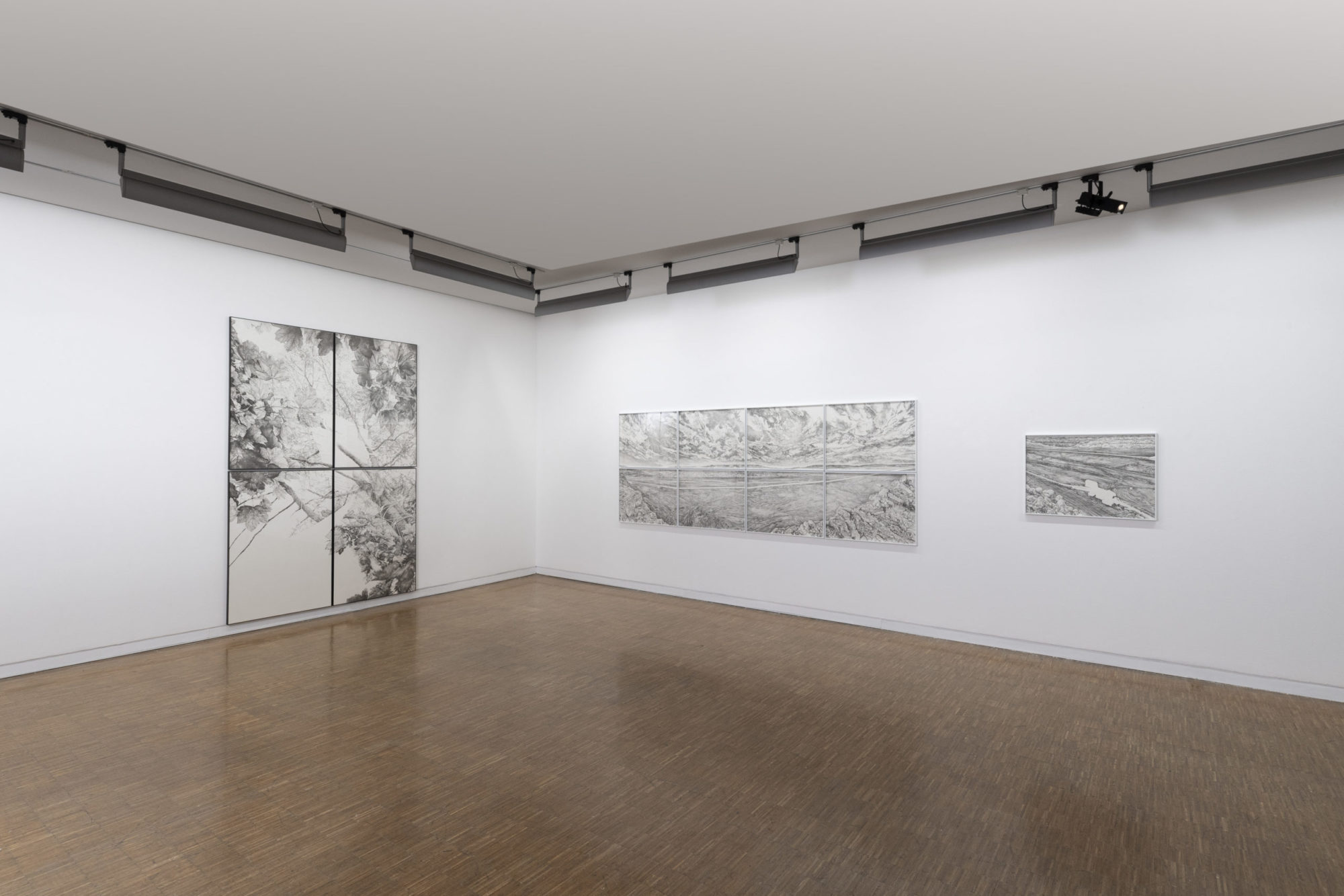
Ink on Arches paper – 185 gr, 44,09 x 121,26 In , 2020
Photo credit; R. Görgen
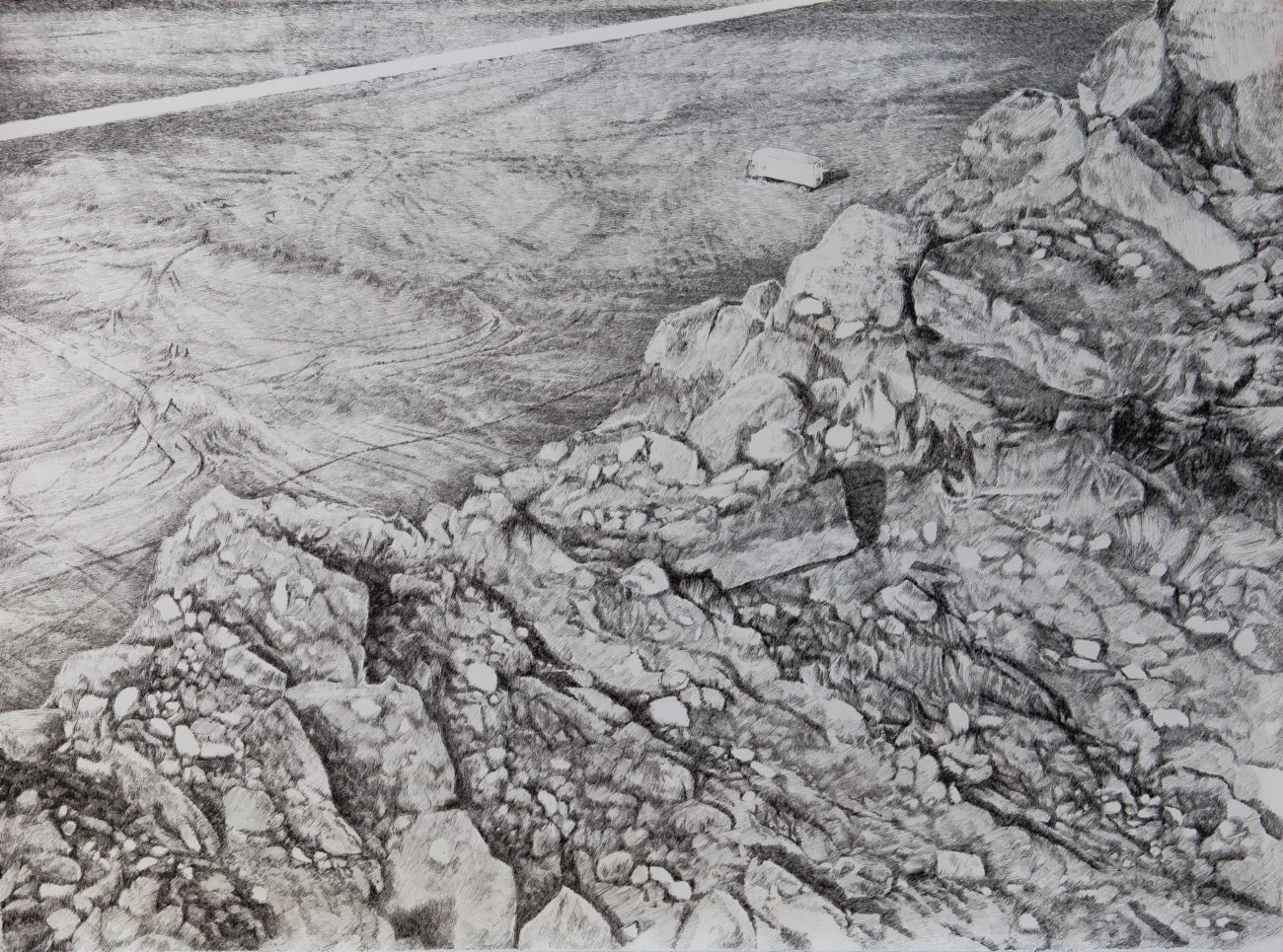
Ink on Arches paper – 185 gr, 22,44 x 30,31 In, 2020, ©ADAGP
Photo credit: Le Réverbère
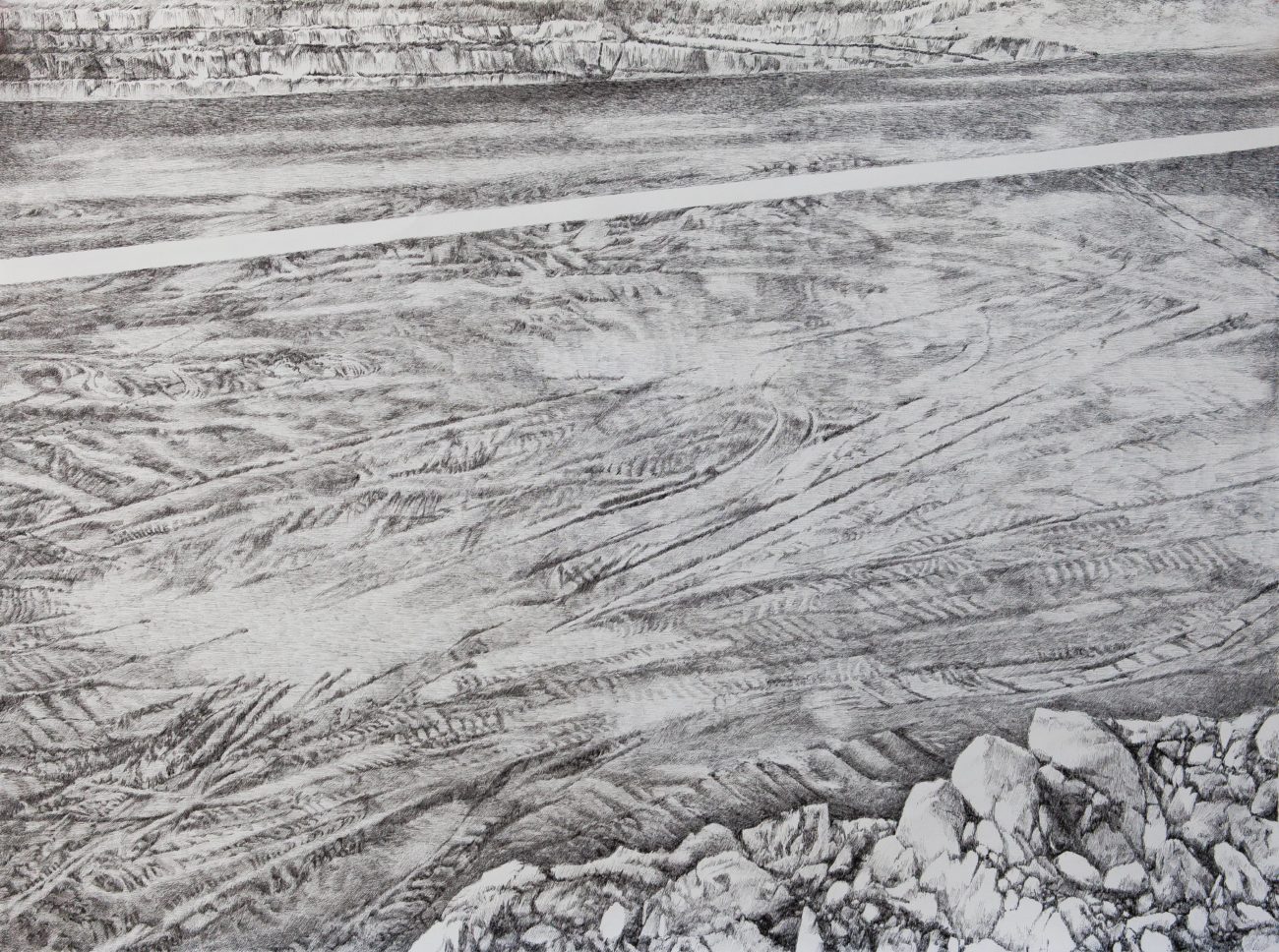
Ink on Arches paper – 185 gr, 22,44 x 30,31 In, 2020, ©ADAGP
Photo credit: Le Réverbère
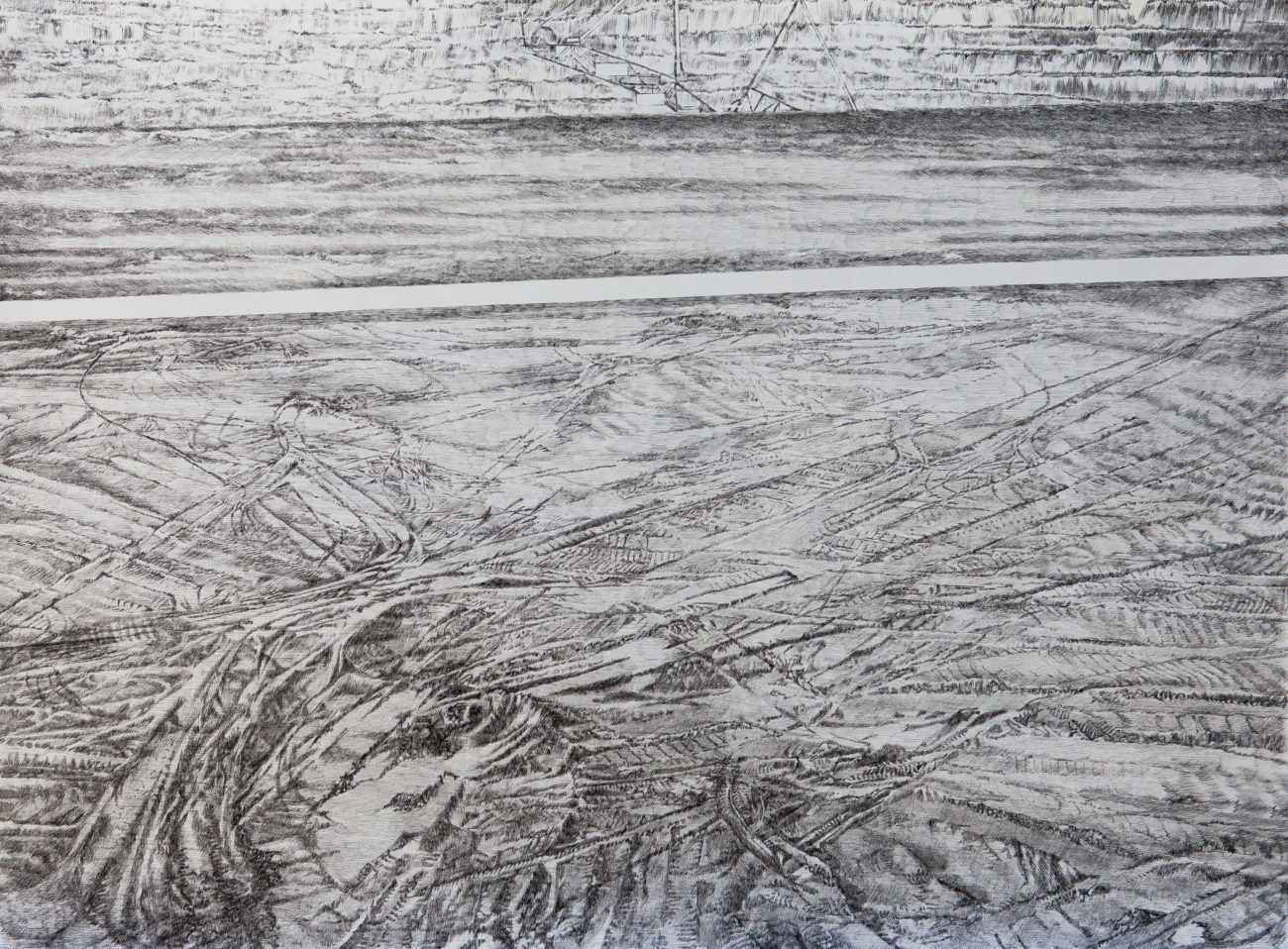
Ink on Arches paper – 185 gr, 22,44 x 30,31 In, 2020, ©ADAGP
Photo credit: Le Réverbère
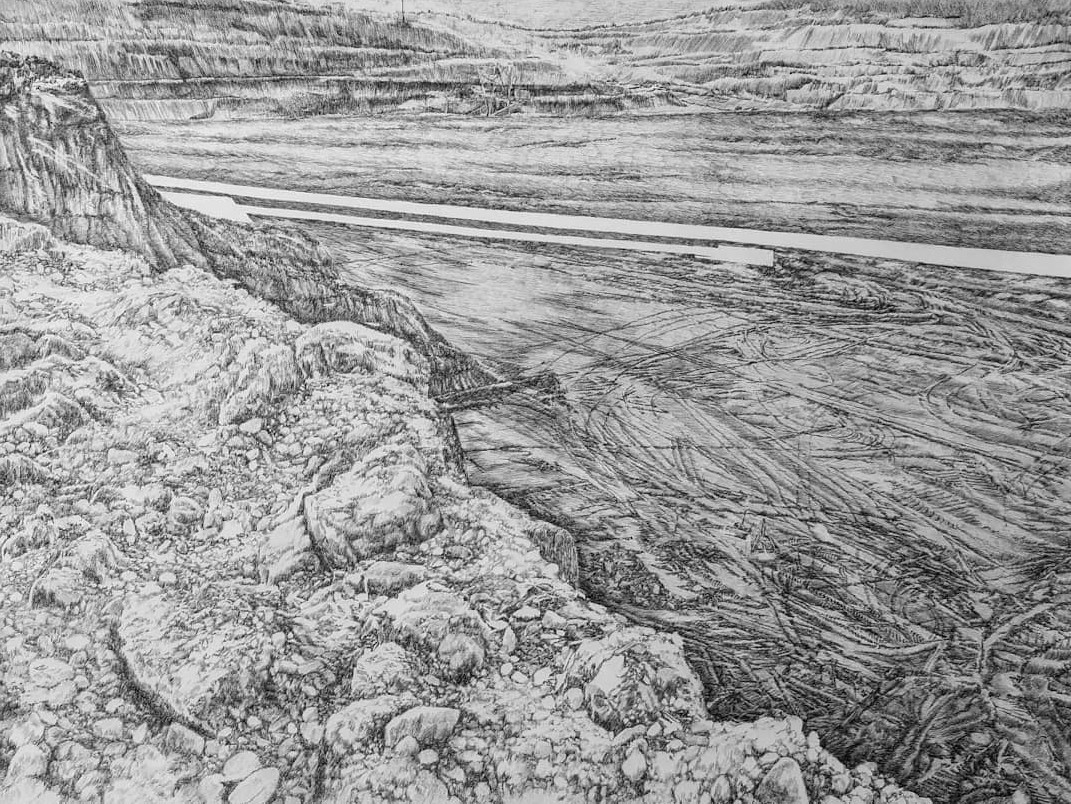
Ink on Arches paper – 185 gr, 22,44 x 30,31 In, 2020, ©ADAGP
Photo credit: Le Réverbère

Ink on Arches paper – 185 gr, 22,44 x 30,31 In, 2020, ©ADAGP
Photo credit: Le Réverbère
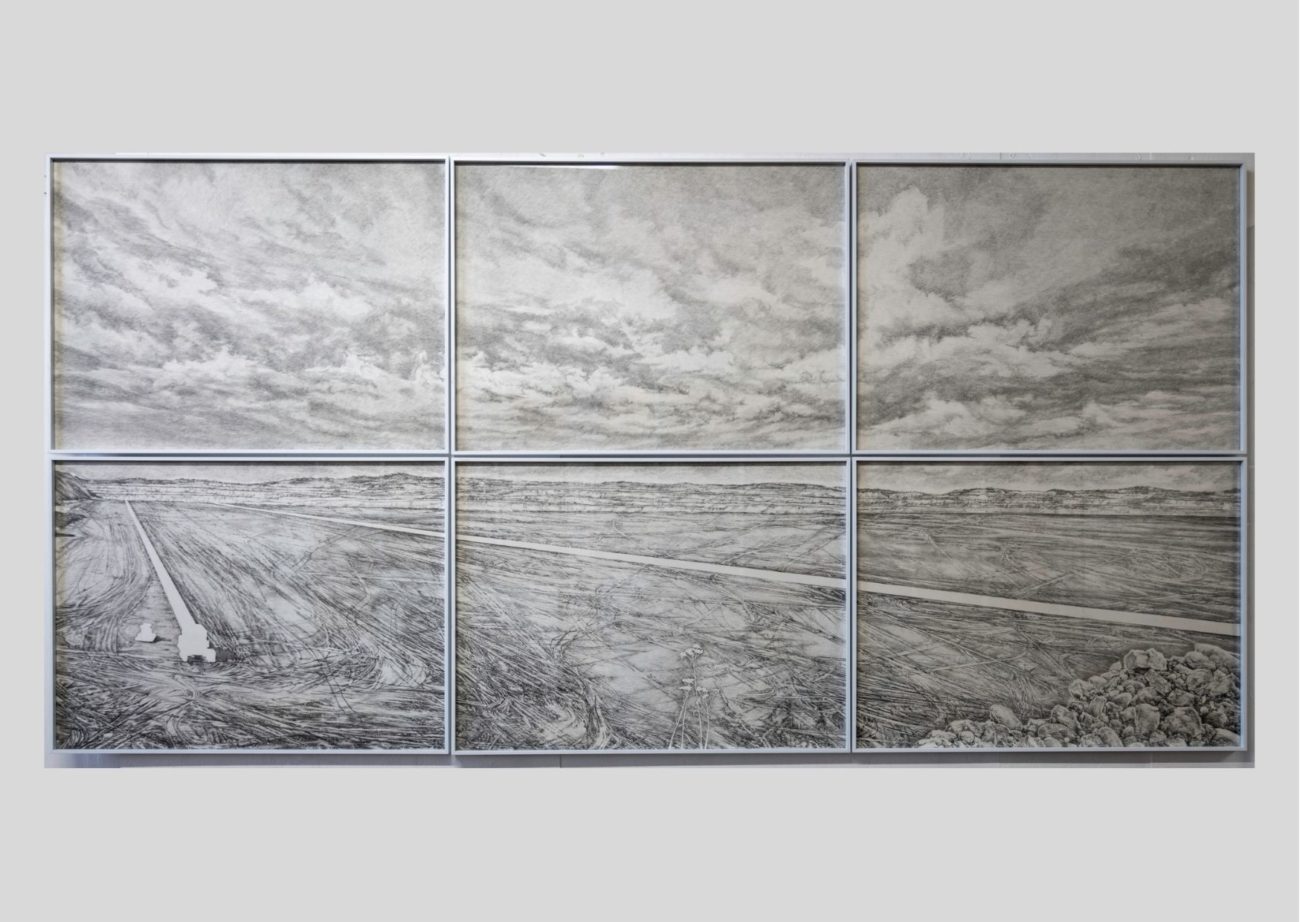
Ink on Arches paper – 185 gr, 90.95 x 44.1 In, 2021

Ink on Arches paper – 185 gr, 22,44 x 30,31 In, 2021, ©ADAGP
Photo credit: Le Réverbère
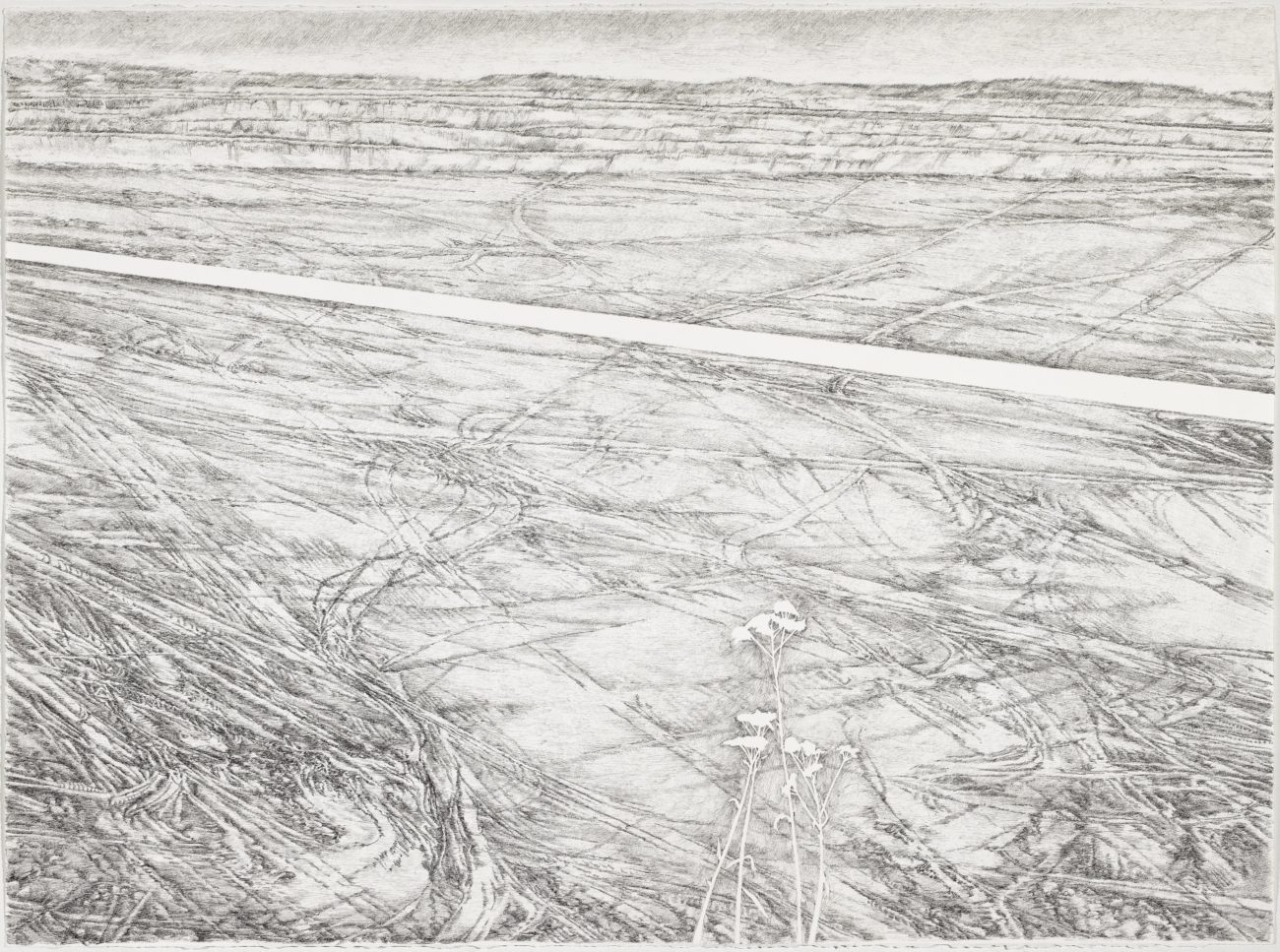
Ink on Arches paper – 185 gr, 22,44 x 30,31 In, 2021, ©ADAGP
Photo credit: Le Réverbère
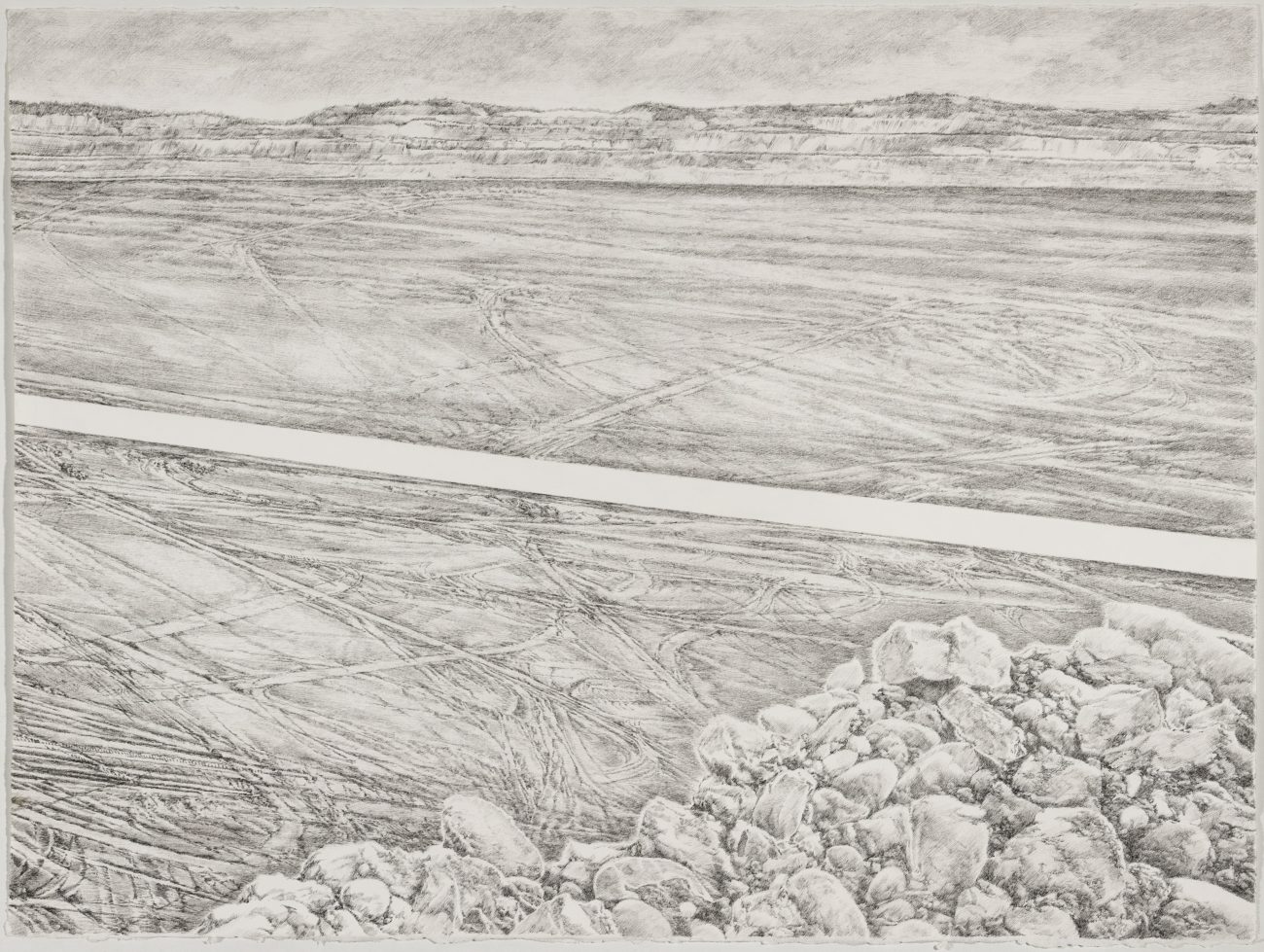
Ink on Arches paper – 185 gr, 22,44 x 30,31 In, 2021, ©ADAGP
Photo credit: Le Réverbère
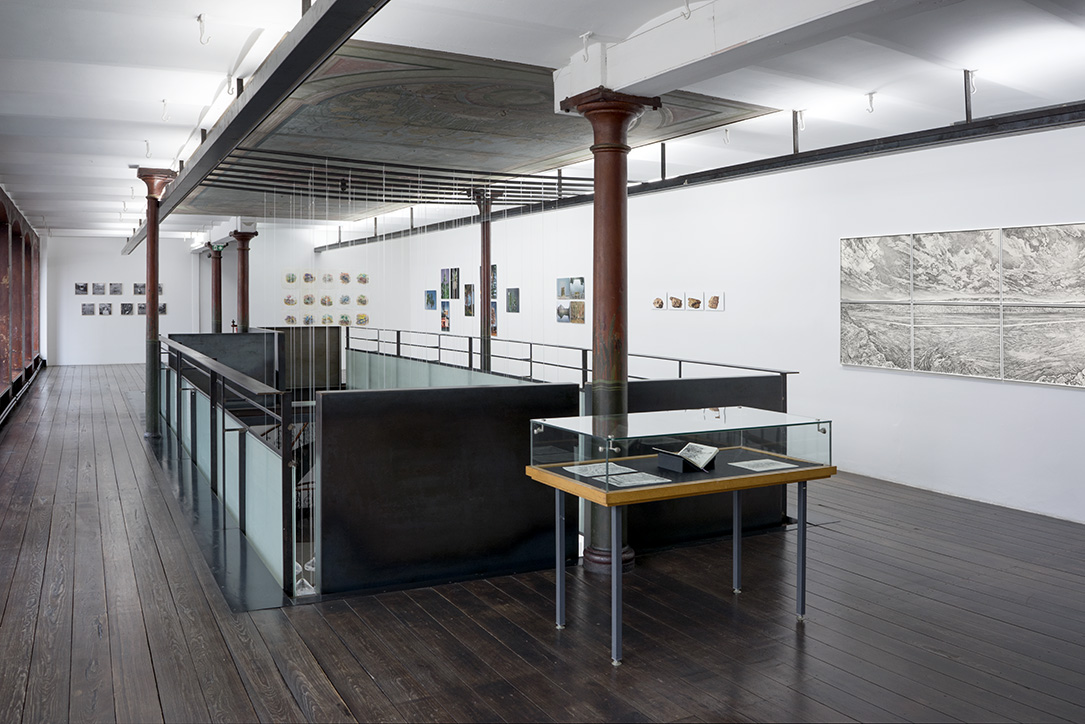
Photo credit : R. Görgen
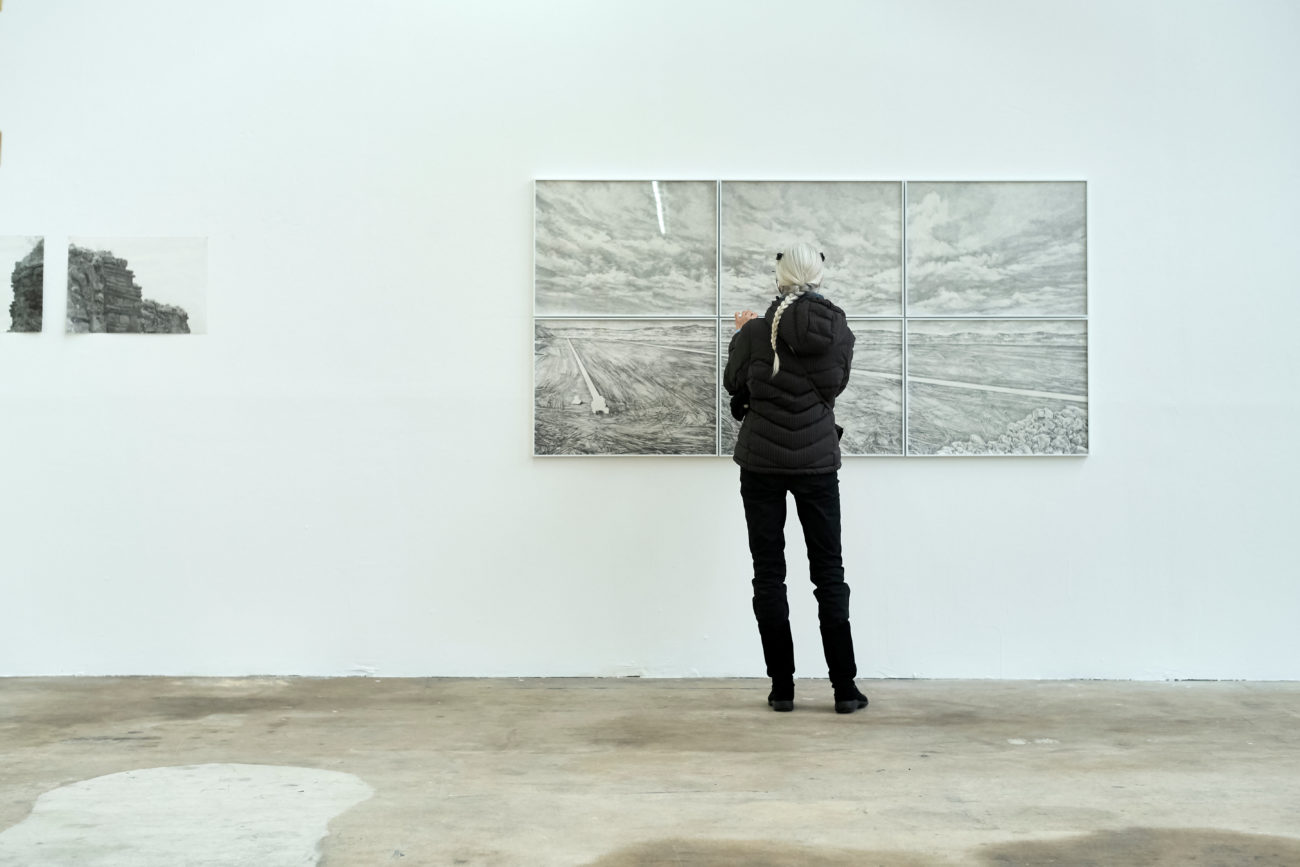
Photo credit : W. Mes

Photo credit: Delphi Space
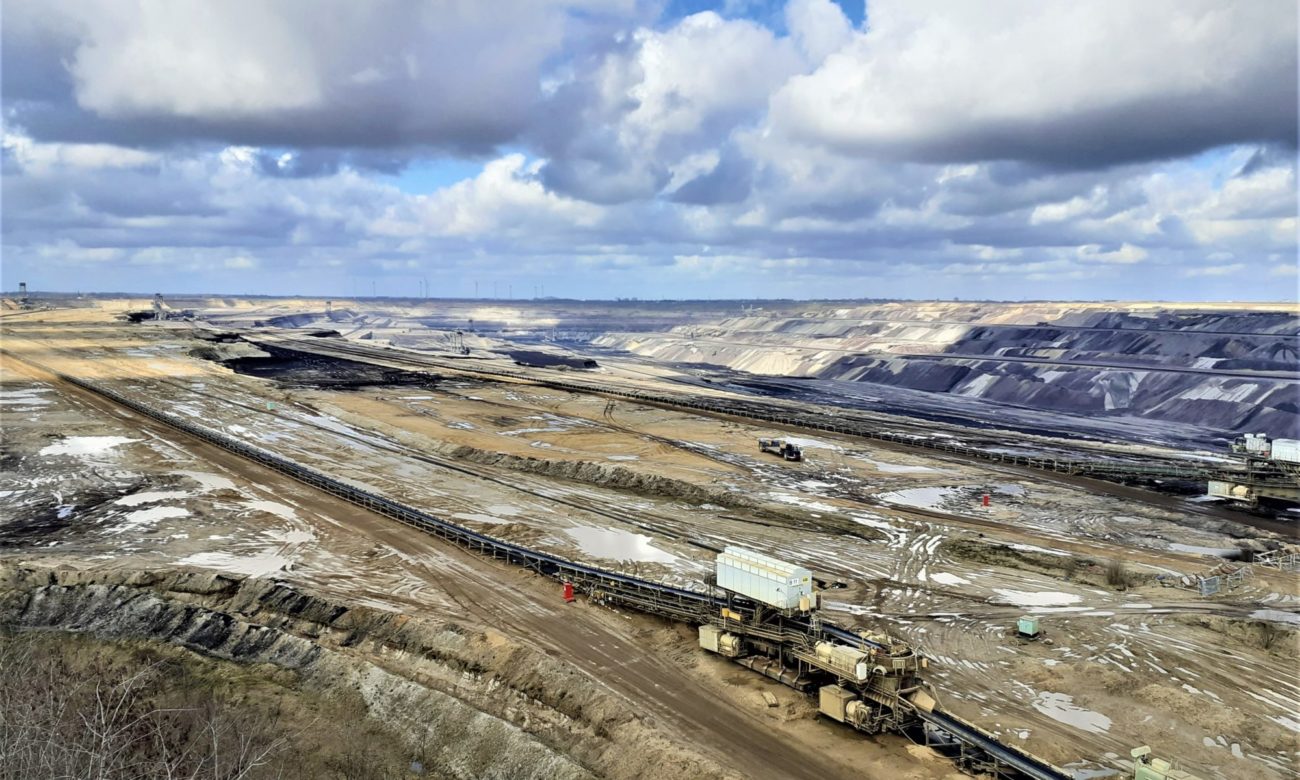
Lignite is one of the main categories of coal. These solid fuels solid fuels are organic fossil sediments, the result of the transformation of ancient primary forests in the ground. Lignite has been mined on an industrial scale since the 19th century. Open-cast mining is a form of exploitation only possible when the deposits are only a few dozen meters deep.
The extraction and combustion of coal have devastating effects on public health, the environment and the global climate. It also hinders many communities who are offered a false choice between employment and health. Today, in the space of a few hundred years, the practice of industry and our modern lifestyles have had an increasing impact on global warming, environmental degradation and unsustainable development. The large forests that are home to many animal and plant species are being destroyed. Our world is more and more hostile to plural life and to the complementarity of composite collectives. More precisely, in order to create the conditions of our modern western life, we are forced to create spaces of non-life in the image of these industrial “craters”.
Coal, used since prehistoric times in cave paintings and excavated for 2000 years, has become in less than two hundred years the symbol of the industrial and polluting era. Since 2017, I am interested in the iconography of the landscape and the problematic of the subsistence of ancient ecosystems and their modification under the effect of natural resource exploitation activities.
Between October 2019 and March 2020, I was able to visit extraction sites in France and in Germany and witnessed the damage this industry does to nature and the human. This set (Hambach and Garzweiler II) presents the extraction of lignite by the subsidiary RWE Power AG in Germany. The exploitation period is planned until the year 2045. The coal is carried out in the open pit, and the activity is therefore similar to a gradually earthworks that are gradually being moved. The Garzweiler project for exemple requires the evacuation and relocation of entire communities. Twelve villages and 7,600 inhabitants were affected. The pumping measures, which are necessary for the drainage of the groundwater, also have an impact far beyond the site of the site. For example, the swamp forests of the Maas-Schwalm-Nette nature park are threatened by the falling groundwater level. In June 2019, 6,000 environmental activists blockaded the mine.
